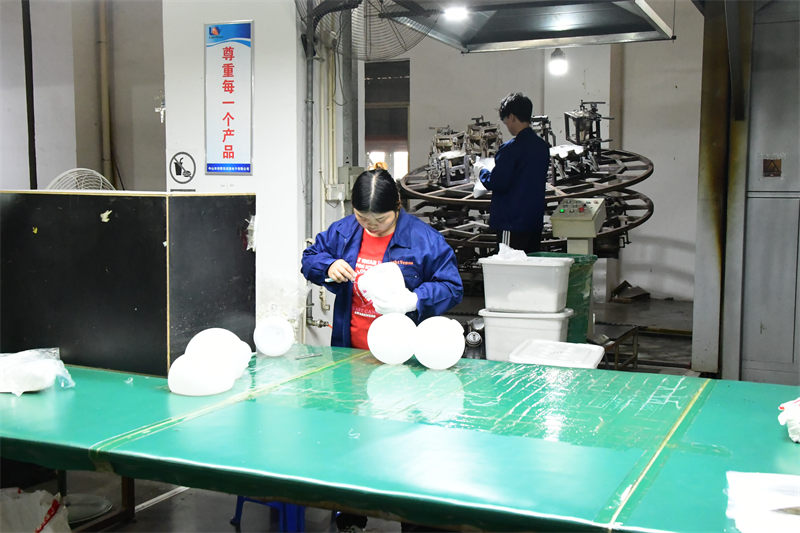What are the Types of Deburring Process for Rotomolded Products
 Jun 30,2024
Jun 30,2024

What are the Types of Deburring Process for Rotomolded Products
Rotomolded products are widely used in various industries for their durability and versatility. However, during rotomolding manufacturing process, burrs may form on the edges of these products, which can affect their functionality and appearance. Therefore, deburring is an essential step to ensure the quality of rotomolded products. Below outlines various deburring processes available, each with its advantages and limitations.

1. Hand Deburring
Hand deburring is a manual process where operators use various tools such as files, sandpapers, or deburring knives to remove burrs from the edges of rotomolded products. This method is suitable for small production volumes or intricate parts that require precision deburring. Hand deburring offers flexibility and control, but it can be time-consuming and may not be suitable for large-scale production.
2. Mechanical Deburring
Mechanical deburring involves the use of machinery and automated tools to remove burrs from rotomolded products. This process can be done using rotary deburring tools, drill bits, or deburring wheels. Mechanical deburring is efficient and can handle large production volumes. It provides consistent deburring results and reduces the risk of injury to operators. However, it may not be suitable for complex or delicate rotomolded parts.
3. Vibratory Deburring
Vibratory deburring is a process that uses a vibratory bowl to remove burrs from rotomolded products. The parts are placed in the bowl, and the vibration helps to shake off the burrs. This method is gentle on the parts and is suitable for delicate or intricate rotomolded products. Vibratory deburring is also effective for deburring small or intricate parts that are difficult to handle manually. However, it may not be as efficient for removing thick or tough burrs.
4. Ultrasonic Deburring
Ultrasonic deburring uses high-frequency sound waves to remove burrs from rotomolded products. The parts are immersed in a liquid medium, and the sound waves create microjets that impact the burrs, breaking them off. This method is suitable for delicate or precision-engineered rotomolded products. Ultrasonic deburring provides a clean finish and is gentle on the parts, minimizing the risk of damage. However, it may not be as effective for removing thick or tough burrs.
5. Chemical Deburring
Chemical deburring involves the use of chemical agents to dissolve or soften the burrs, making them easier to remove. This process is suitable for rotomolded products made from materials that can be affected by chemicals, such as certain plastics or metals. Chemical deburring can be efficient for removing burrs, but it may require careful handling and precautions to ensure the safety of the operators and the quality of the products.
The choice of deburring process depends on factors such as the complexity of the part, production volume, and material type. By selecting the appropriate deburring process, rotomolding manufacturers can ensure high-quality rotomolded products that meet the expectations of the customers.
 Tel: 0086-13632687993
Tel: 0086-13632687993  Email: roto@lightvenus.com
Email: roto@lightvenus.com

 Home
Home Manual Deburring Process for Rotomolded Products
Manual Deburring Process for Rotomolded Products  You May Also Like
You May Also Like



 Tel
Tel
 Email
Email
 Address
Address








